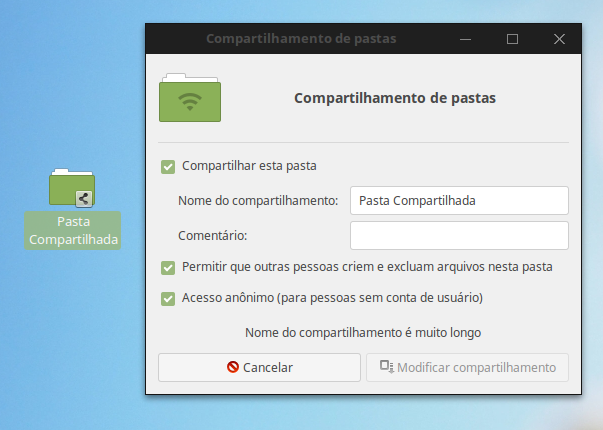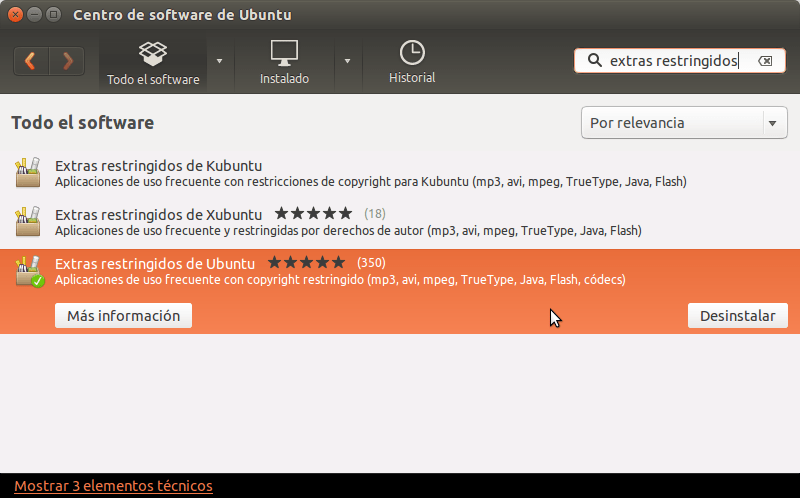Installer Ubuntu A Partir De Mint
Sudo apt-get install darktableIf you need a newer version than what is included in your distribution, check out the section. SolarisThe darktable Solaris packages are provided and maintained by James. You can find his website here with all the packages provided:.He has both the and a in case this is the first time you are installing darktable on your system. FreeBSDdarktable is available in the FreeBSD Ports Collection. It can be installed, pre-compiled, from the standard package repository.To install darktable on your system, run.
Brew cask install darktablethird party packages and PPAs OBSThe allows packagers to provide packages for multiple distributions.Right now the darktable packages listed below are built for the following Linux distributions:. Debian 9, testing (called Next on the OBS site). Fedora 28, 29, Rawhide. openSUSE 42.3, 15.0, Tumbleweed.
Ubuntu 16.04, 18.04The available packages are:.PPA for Ubuntu. For stable releases add the. If you are adventurous and are willing to deal with problems from time to time add the. $ ln -s /opt/darktable/share/applications/darktable.desktop /usr/share/applications/darktable.desktopFor a more complete set of instructions for different distributions have a look at.
As a die-hard Ubuntu fan, I come back from Mint to Ubuntu eventually but not before noticing that Linux Mint is better than Ubuntu for a beginner. It’s because there are a few things that Linux Mint handles better than Ubuntu, by default. And this ‘by default’ matters when we are talking about a Linux beginner.
Git versionFirst a word of warning: Using the development version of darktable might be risky in that it can break anytime, kill your edits, eat your kittens or do other nasty things. It is also not guaranteed that XMP sidecars written by a development version will work with a release version. It is also quite certain that any older version of darktable will NOT be able to read the database once a development build updated it to the latest schema. So for your own safety and our sanity, do make backups of your XMP files as well as your library.db and data.db (by default it is in /.config/darktable/) BEFORE upgrading to the self compiled git version.
That being said, it should be quite safe to actually use it and never go back, so all of this might be no issue for you at all. Just keep in mind that IF you ever want to go back it might be hard.Be sure to have all the build dependencies installed. You can find a list of them here. If you don’t have it already, install git from your distribution’s repositories.
As a die-hard Ubuntu fan, I come back from Mint to Ubuntu eventually but not before noticing that Linux Mint is better than Ubuntu for a beginner.It’s because there are a few things that Linux Mint handles better than Ubuntu, by default. And this ‘by default’ matters when we are talking about a Linux beginner. Because an experienced Linux user will find his/her way. It’s the beginners who struggle with even a seemingly obvious thing.Considering that I have used both of these popular Linux distributions, I am confident that I can make a fair comparison of Linux Mint and Ubuntu.The comparison which I am doing here is from the point of view of a beginner Linux desktop user who probably has just switched from Windows or thinking to. But it should still be a good read for an experienced user. 5 Things that make Linux Mint better than Ubuntu for beginners. Ubuntu and Linux Mint are unarguably the most popular desktop Linux distributions. While Ubuntu is based on Debian, Linux Mint is based on Ubuntu.
Installer Ubuntu A Partir De Mint En
Question is why to use an Ubuntu derivative or a Debian derivative instead of using the source itself. The answer to the question is derivative is better.Hardcore Debian users would disagree but Ubuntu makes Debian better (or should I say easier?). Similarly, Linux Mint makes Ubuntu better.How come? I am going to list five things that Linux Mint does better than Ubuntu.Note that the comparison is mainly between Ubuntu Unity and GNOME vs Linux Mint’s Cinnamon desktop. A few parameters might not be applicable to other versions while a few may still hold water. You can read this.
Low memory usage in Cinnamon. Lighter, sleeker and betterUbuntu Software Center still takes ages to load, heavily eats up resources, and is slow while interacting with the program. Comparing to that, Linux Mint’s Software Manager is lighter and quicker. Applications are broken down into categories and thus easier to navigate something that GNOME Software Center does as well. Software Sources with several useful featuresThis is perhaps the feature that puts Mint far ahead of Ubuntu in terms of usability.The Software Source tool in Mint is a lot better than its counterpart in Ubuntu.
It provides the option to reset the repositories to default. Which is very useful when you have messed up your repository list. Plenty of desktop customization out of the boxFirst, you don’t need to install a new tool just to change themes in Mint.
It already has covered it in Settings. On top of that, you can have several themes from the community at your disposal in Themes System Settings under ‘Get more online’ option.Ubuntu, on the other hand, does not have this ease in installing the themes.


You’ll have to look at places to download the zipped themes file and then install it.Similarly, Linux Mint also has a separate entry in Settings for applets and desklets. You can also access an online collection of indicator applets and desklets. Codecs, Flash and plenty of applications by default:It’s not that you cannot install media codecs in Ubuntu. Ubuntu too gives the option to install codecs while installing OS itself. But if you don’t do at installation, you will find yourself struggling.Ubuntu has a package named Ubuntu Restricted Extras that consists of most commonly used media codecs, including Adobe Flash.While this package can easily be installed using a simple command, you won’t find it listed in the Ubuntu Software Center.Linux Mint doesn’t come with codecs installed anymore.

But if you search for codecs, at least it provides you the correct options. In the last, again, it is not a hate post against Ubuntu. I am a great fan of Ubuntu. Personally, I have never liked Cinnamon interface. It’s just too dull and small for me. I prefer the bold and bright colors of Unity and GNOME.It’s just that Linux Mint seems to be a better option than Ubuntu for an absolute beginner to Linux.
Considering that Cinnamon has an interface like Windows, it may also be a factor when choosing between Ubuntu and Linux Mint.For users who have some experience with Linux desktop, it’s more of a personal liking between Ubuntu and Linux Mint. But if you ever wonder why Linux Mint over Ubuntu, these reasons may help you to decide.What do you think? I have just recently installed Linux Mint as a dual boot next to my Win 10. I must say that the initial installation was very ”Windows like”, with drivers being automatically installed, basically the whole computer could behave as I am used to.
The system is also very Windowsish with a proper start menu, toolbar, active programs in the lower right cornber, a file explorer (even better than Win, with ability to use two open windows like total commander), also the programs I have installed worked immediately.So I can really understand how Linux Mint attracts newbies coming from Windows. When Unity kicked off I too switched, but to Xubuntu. Last year I switched to ArchLinux for two reasons. I am a developer and packages are far more current than Ubuntu based distros. Second the whole concept of snap packaging scares me.
They want to make packages like Android or iOS but to do that they are using virtual environments.With Arch there is no default desktop environment – but there is Cinnamon, MATE, XCFE and more. I tried Cinnamon, but currently, I am using KDE Plasma 5 which is lighter weight that Cinnamon. But it has many stupid quirks I never liked in KDE. So I’ll likely switch back to XCFE which is even more lighter weight than Cinnamon. About a third of Unity.
Not that memory matters, but it starts up faster too.I agree that Mint is the better choice for Linux newbies, I recommend it to friends making the switch. But then I am a 20 year veteran of Linux, so I can deal with the difficulties of getting Arch installed and configured.